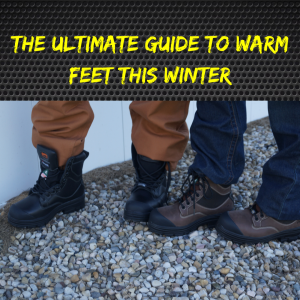
Insulation Orientation
It’s the time of year to drag your winter gear out of the closet and assess the damage. Can it make it through another season? Or do you need to have a little shopping trip?
If you need some new winter wear this year, make sure you learn what the best form of insulation would be for you. This Insulation orientation breaks down the most common types of insulation and tells you which one is best for what type of activity.
Down:
Down is that super soft fluffy stuff that’s found under the feathers of geese and ducks.
Down garments vary in weight. The more dense, or more insulated the garment is, the more warmth it typically provides. The weight of the down is determined by placing one ounce (oz) of down in a graduated tube and measuring the volume it occupies. A higher number provides more insulation.
This form of insulation offers the best warmth to weight ration. It’s also great in dry conditions, and is easily compressible, making it better for travelling. Down is also highly durable and can last for years when properly cared for.
The main issue when using down insulation is that if it get wet, it loses it’s insulation capabilities. So it’s great on cold days, but not on cold days when it’s snowing or raining.
Synthetic:
Normally, synthetic insulation is made out of thin polyester fibers. This type of insulation can be just as warm as down, and has the added benefit of being able to retain heat even when wet. However, it can be less durable, and less compressible than down, making it harder to travel with.
Similar to down, synthetic insulation varies in weight. It’s weighted in grams (g). So a label that says “60g” would mean that a 1 meter by 1 meter square of the insulation weighs 60g. Again, the heavier the weight, the warmer the insulation.
Synthetic insulation tends to be the optimal choice if you plan on wearing it close to the skin during high exertion activities, or in wet weather.
Fleece:
As long as it stays dry, fleece makes a great insulating layer under a waterproof jacket. Being highly breathable, it’s perfect to wear during strenuous activities, but isn’t recommended on it’s own to block you from wind or wet weather.
Fleece doesn’t have the same warmth- to -weight ratio as a good down or synthetic layer does. It’s also not very compressible, so it takes up space.
The weight for fleece is usually in a general light, medium or heavy rating.



